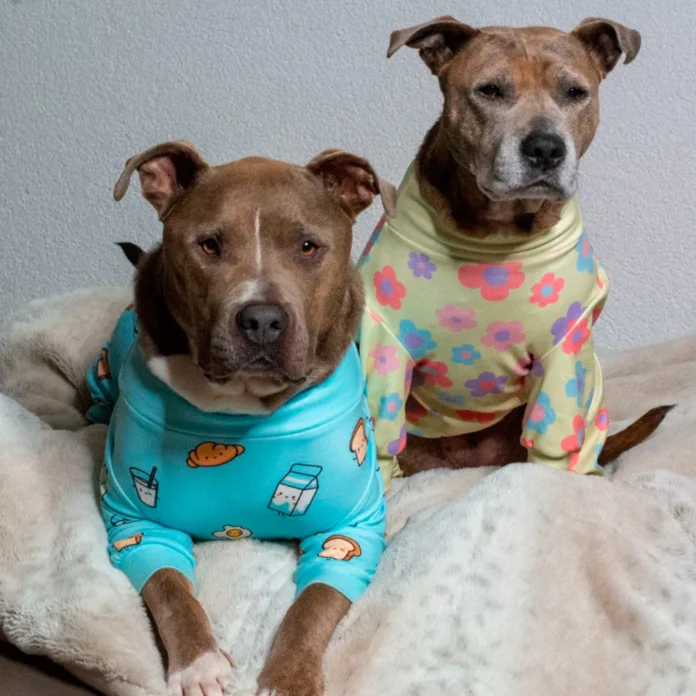Introduction: Meet the Pibble
When you hear the term “pibble,” you might find yourself scratching your head. Is it a typo? A breed you’ve never come across? Or perhaps a character from a cartoon?
Well, “pibble” is actually a term of endearment that dog lovers use to refer to Pit Bull-type dogs. It’s not an official breed name, but many advocates have embraced it to help reshape the narrative around one of the most misunderstood groups of dogs.Pibbles are strong, muscular, and incredibly affectionate, with a surprisingly gentle side. Unfortunately, they often deal with negative stereotypes, strict breed laws, and a lot of misunderstanding. This article dives into the world of the pibble, explaining what it is, why it matters, and how we can better appreciate this loyal companion.
Table of Contents
1. What Is a Pibble?
“Pibble” is a sweet nickname rather than an official breed name. It typically refers to dogs that fall under the “Pit Bull” category, which often includes:
– American Pit Bull Terrier
– American Staffordshire Terrier
– Staffordshire Bull Terrier
– American Bully
– Various mixed breeds that share similar physical characteristics
Dog enthusiasts came up with this term to help improve the reputation of these dogs. They aimed to separate them from the negative media portrayal often associated with the name “Pit Bull.”
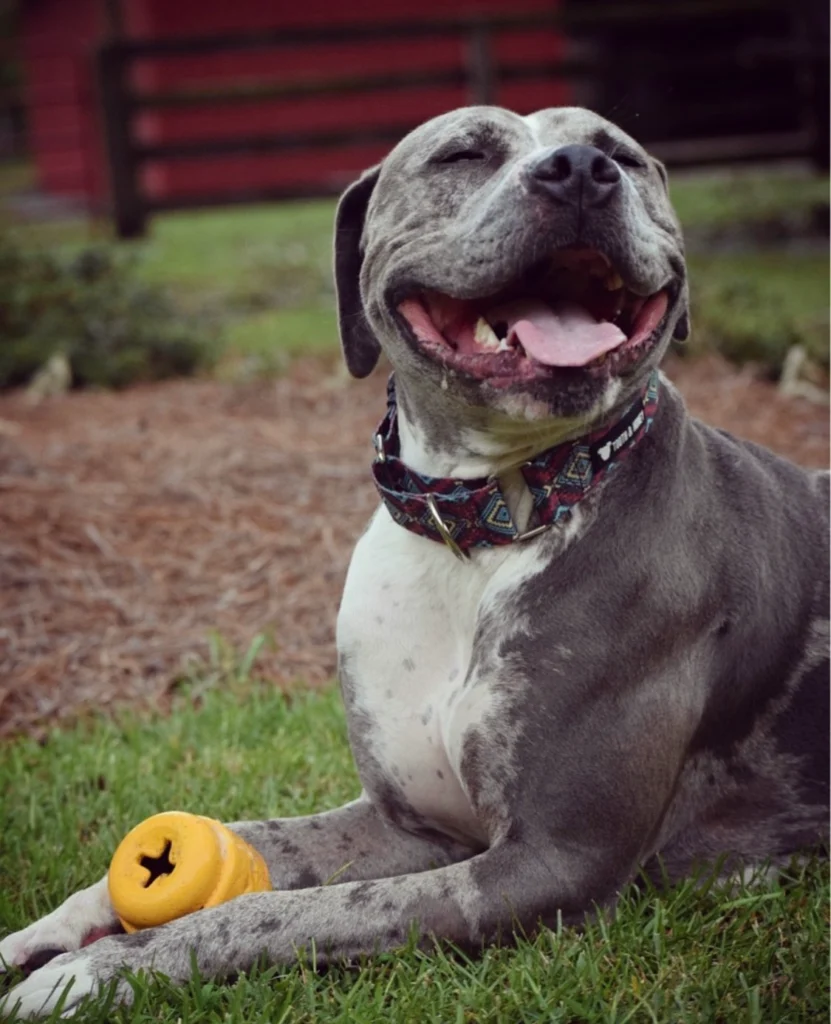
2. Breeds Commonly Referred to as Pibbles
- Most pibbles are medium to large dogs, boasting a sturdy build, a broad head, and a short coat. Here are a few breeds that are often called “pibbles“:
- – American Pit Bull Terrier – Renowned for their loyalty and strength.
- – American Staffordshire Terrier – Typically a bit stockier, these dogs are affectionate and confident.
- – Staffordshire Bull Terrier – Smaller in size, full of energy, and incredibly fond of kids.
- – American Bully – Bred primarily for companionship, they are known for their muscular physique and loving nature.
3. History and Origins
Pit Bull-type dogs have a fascinating and intricate history. They were originally bred in England by crossing bulldogs with terriers, primarily for the brutal sport of bull-baiting, which is thankfully now banned. As time went on, these dogs transformed from fierce fighters into cherished companions on farms and in families.
In the United States, Pit Bulls gained a reputation as symbols of patriotism during both World Wars. They were featured prominently in propaganda posters, and people affectionately referred to them as “nanny dogs” due to their protective and loving nature towards children.
4. Misconceptions and Stereotypes
Few dog breeds face as much stigma as the pibble. Let’s clear up some of the common myths:
Myth: Pibbles are inherently dangerous. Fact: No dog is born dangerous. Aggression usually comes from poor training, abuse, or neglect—not the breed itself.
Myth: They have “locking jaws.” Fact: This has been scientifically disproven. Their jaw structure is just like any other dog’s.
Myth: Pibbles can’t be trusted with children. Fact: When raised properly, they are among the most affectionate and child-friendly breeds out there.
The media often focuses on isolated incidents, which only fuels fear. But this overlooks the millions of loving pibble family dogs that bring joy to homes around the world.
5. Temperament and Personality
Even though they might look tough on the outside, pibbles are actually goofy, loving, and always eager to make you happy. They really thrive on spending time with people and are known for being:
– Playful and full of energy
– Loyal and protective
– Incredibly cuddly
– Attuned to human emotions
Their smarts and affection for people also make them fantastic therapy dogs!
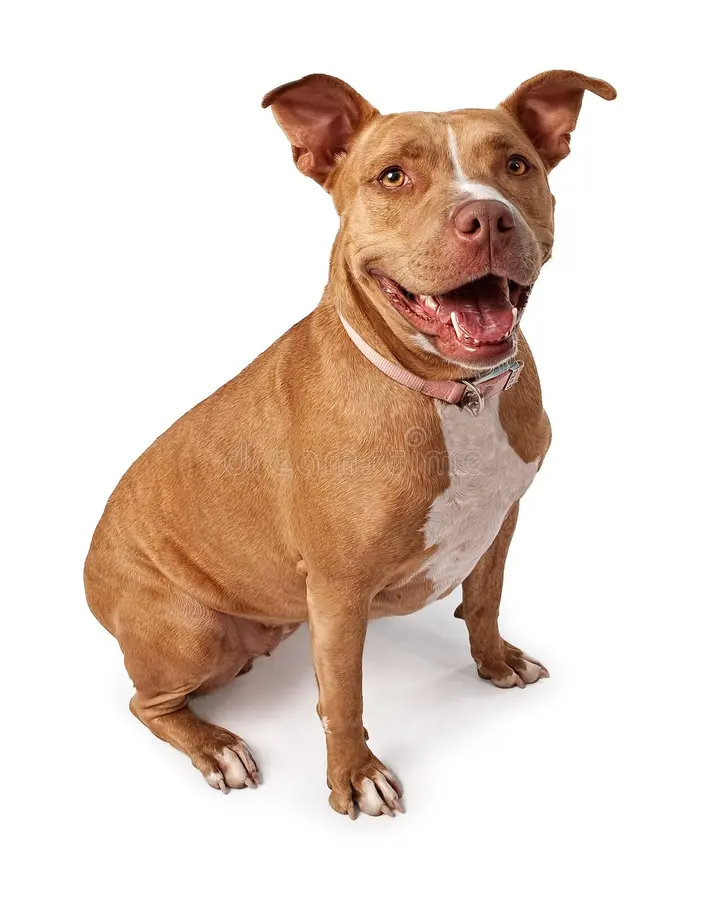
6. Pibbles and Families: Are They Good with Kids?
Absolutely! When brought up in a loving home, pibbles are fantastic companions for children. They’re known for their patience and gentle nature, which is why they’ve earned the charming nickname “nanny dog.” However, just like with any breed, it’s important for kids to learn how to interact with them respectfully. And remember, dogs should never be left unsupervised with young children.
7. Daily Life with a Pibble
Living with a pibble is all about diving into an active and joyful lifestyle. These lovable pups need:
– Lots of attention and affection
– Regular exercise to keep them happy
– Strong routines and clear boundaries
– Positive reinforcement during training
They’re definitely not the kind of pet you can just set and forget. Pibbles form strong bonds with their owners, and if they’re left alone for too long, they can start to feel anxious.
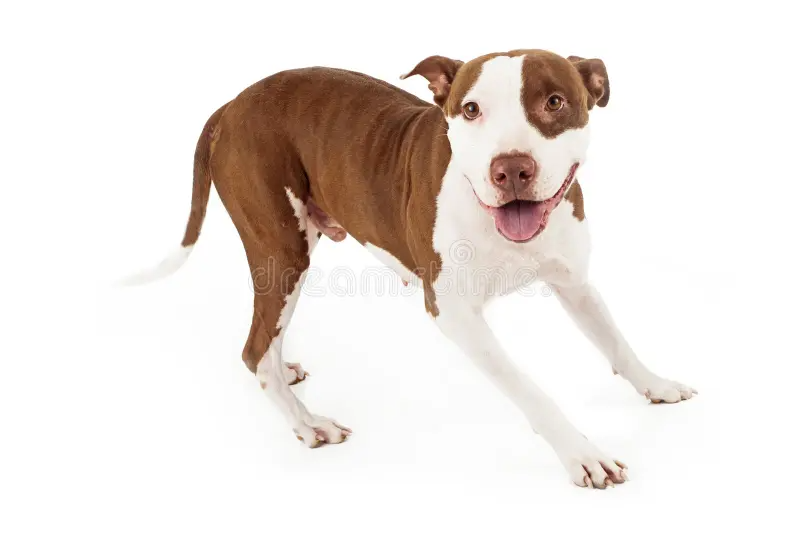
8. Training and Socialization
- Training and socialization are super important for pibble puppies. These little guys are smart and thrive on consistency, structure, and a bit of praise. Here are some tips to help you succeed:
- – Stick to positive reinforcement—think treats, praise, and toys.
- – Start socializing them early by introducing them to people, other dogs, and different environments.
- – Steer clear of punishment-based training methods.
- – Consider working with certified dog trainers who know their stuff when it comes to bully breeds.
9. Exercise and Enrichment
- Pibbles are full of energy and love to stay active. If they don’t have enough to do, they can get bored and may start causing trouble. Here’s what they need each day:
- – At least 60 minutes of exercise, whether it’s walks, playtime, or running around
- – Some mental challenges, like puzzle toys or training games
- – Time to play with other friendly dogs
- – A safe area to run and play—ideally, a fenced yard is best!
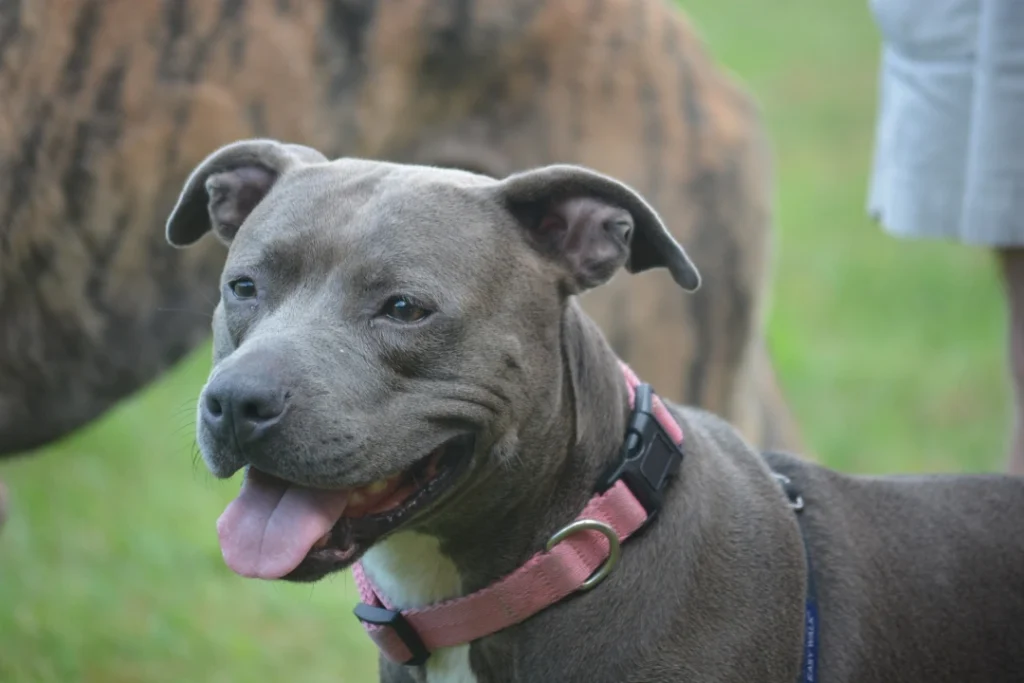
10. Diet and Nutrition
A well-rounded diet is key to keeping your pibble healthy and maintaining their muscle tone. Here are some general tips to follow:
– Choose a high-quality protein source, ideally with meat as the first ingredient.
– Steer clear of fillers like corn or wheat.
– Keep an eye on their calorie intake, as pibbles can easily become overweight.
– Be aware that some may develop food allergies, often to chicken or grains.
– It’s always a good idea to consult your vet for feeding plans and portion sizes that are right for your breed.
11. Common Health Issues
Just like many other breeds, pibbles can be prone to a few health issues, including:
– Hip dysplasia
– Skin allergies
– Knee (ACL) injuries
– Thyroid dysfunction
– Demodectic mange
To help keep these problems at bay, regular vet checkups and good care are essential!

12. Grooming Needs
Pibbles have short coats that are pretty easy to take care of, but they still need some regular grooming to stay in tip-top shape. Here’s what you should do:
– Brush them weekly to help cut down on shedding.
– Trim their nails every 3 to 4 weeks.
– Give them a bath once a month, or whenever they really need it.
– Keep an eye on their ears for any signs of infection.
Since their skin can get dry, it’s best to use gentle shampoos and avoid bathing them too often.
13. The Problem of Breed-Specific Legislation (BSL)
Breed-specific legislation (BSL) refers to laws that either restrict or outright ban certain dog breeds based solely on their looks. Unfortunately, Pibbles often find themselves unfairly singled out.
Impact of BSL:
Families are compelled to part with their cherished pets
Dogs are put down without just cause
Owners endure legal struggles even when their pets are well-behaved
Numerous organizations, including the American Veterinary Medical Association, stand against BSL. They advocate for policies that focus on behavior rather than breed.
14. Pibbles in Shelters and Rescue Work
- It’s heartbreaking to see that pibbles make up a significant part of the shelter and euthanasia statistics in the U.S. Many of these dogs are surrendered because of misunderstandings, housing restrictions, or legal challenges.
Thankfully, there are hundreds of pibble-specific rescues and foster groups dedicated to transforming the lives of these wonderful dogs.
Some notable organizations include Love-A-Bull, Pit Bull Rescue Central, and the Villalobos Rescue Center, which you might recognize from the show Pit Bulls & Parolees.
15. How to Adopt or Foster a Pibble
Adopting a pibble can be life-changing—for both of you.
Steps:
- Research breed characteristics
- Visit shelters or contact breed-specific rescues
- Meet several dogs to find your match
- Prepare your home (crate, leash, toys)
- Attend training classes together
Fostering saves pibble lives and helps them find forever homes.
16. Legal Considerations for Pibble Ownership
Before bringing a pibble home, check local regulations:
- Some cities and apartment complexes ban Pit Bulls
- You may need extra insurance coverage
- HOA or landlord approval may be required
Always advocate for responsible ownership and work toward changing outdated laws.
17. Famous Pibbles and Advocates
Pibbles have had many powerful advocates:
- Sergeant Stubby – WWI war hero and mascot
- Hulk the Giant Pit Bull – A gentle giant and social media sensation
- Jon Stewart & Rachael Ray – Celebrities who support rescue pibbles
- Cesar Millan – Often showcases rehabilitated bully breeds
These stories help shift the narrative from fear to admiration and love.

18. Final Thoughts: Why Pibbles Deserve Our Love
Getting to know a pibble is truly a journey of love. These often-misunderstood pups embody everything we seek in a companion: loyalty, playfulness, smarts, and a love that knows no bounds. They’re not the monsters some make them out to be. They’re simply dogs—just dogs. And they deserve to be recognized as unique individuals, not just labels. If you’re thinking about welcoming a pibble into your life, be ready to open your heart and your home. You might just discover the most affectionate, wiggly, snuggly best friend you’ve ever dreamed of!

